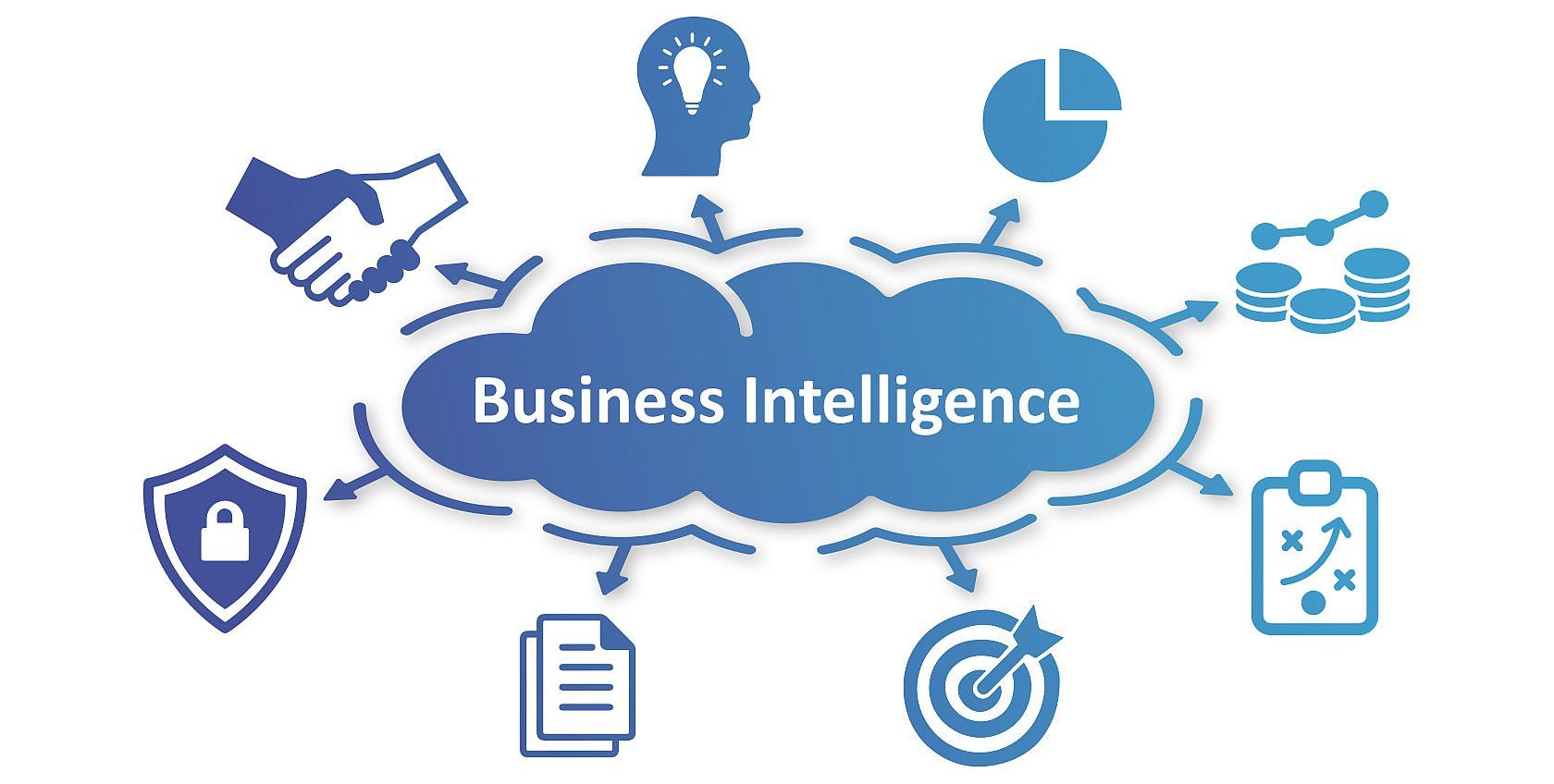Data is the single most valuable asset of modern business. It can make or break an organization. To maximize the potential of data, businesses use powerful tools such as Power BI and Microsoft Fabric. These platforms form the basis of business analytics and when they are combined with Azure Data Factory become an unstoppable force.
Power BI: Your Business Intelligence Companion
Power BI is an application for business intelligence by Microsoft that enables organizations to see their information and share insights. Users can build interactive dashboards and reports, which transform information from raw data into meaningful insights.

No matter if you’re a tiny startup or a huge company, Power BI adapts to your requirements. It works with a variety of data sources, making it simpler for users to consolidate information from various systems and databases. With its simple drag-and-drop interface even non-technical users will be able to quickly produce useful reports and analysis.
The Power BI platform supports real-time processing of data, making sure that you’re always working with the most current data. It provides a variety of visualisations, which allows users to present data in the most digestible and appealing manner. The possibility of sharing and collaboration reports with colleagues enhances decision-making and helps to create a data-driven environment in your workplace.
Microsoft Fabric Weaving Data Innovation
Microsoft Fabric is the base system that connects and coordinates data across a variety of Microsoft services. It’s the fabric that connects your data into an encapsulated and usable entity, allowing companies to gain insights in a seamless manner.
Microsoft Fabric helps businesses maintain data integrity and consistency while they handle increasing data volumes. Microsoft Fabric is integrated with a broad range of services, from Azure Data Lake Storage, Azure SQL Data Warehouse, and Power BI. The platform’s interconnectivity guarantees data flow and insights from multiple sources.
Microsoft Fabric’s capabilities to transform data can be a perfect example of its flexibility. You can use it to collect data, clean and prepare it for analysis, and ensure that it complies with your organization’s data governance policies. Microsoft Fabric makes sure that your data is reliable and reliable, ready for analysis.
Azure Data Factory – The Gateway to Data Transformation
Azure Data Factory is another essential component in the modern business intelligence landscape. This cloud-based service enables users to plan and manage data-driven processes. Azure Data Factory provides meaningful insight through the orchestration of data movement and transformation.
One of the main strengths of Azure Data Factory is its versatility in connecting to different data sources. Your data is able to be integrated effortlessly, whether on-premises, cloud-based or both. This will give you a comprehensive view of the entire ecosystem regardless of where the data is. It supports batch processing, streaming of data in real-time, as well as big data analysis, which makes it ideal for a variety of instances.
Azure Data Factory provides a visual interface to ease the process of creating data pipes. Even if you are not a programer It is simple to build, schedule and monitor data pipelines. This lets users be in control of data integration as well as self-service data preparation.
Power BI, Microsoft Fabric and Azure Data Factory: The Power Trio
When Power BI and Azure Data Factory when combined, they can create a powerful trio that will revolutionize your data analysis efforts. What they can do:
1. Data Integration: Azure Data Factory is capable of connecting to many data sources. This means that all data you have is accessible. Microsoft Fabric orchestrates the data from various services using this data integration feature. This will ensure that your data is correctly organized, cleaned and before it can be used to be used in Power BI analysis.
2. Data Transformation: Microsoft Fabric plays a essential role in data transformation that allows you to alter your data to meet your needs for analysis. Fabric ensures that the data is ready to be used for insight for cleansing or changing data.
3. Power BI is able to assist after the data has been prepared and refined. It lets you create visually appealing dashboards and reports which make complicated data easier to comprehend. You can then share these insights and encourage your team members to take informed decisions using data.
4. Scalability: Azure Data Factory is scalable to meet growing amounts of data. Power BI combined with Microsoft Fabric provides reliable data as your company grows.
5. Power BI and Azure Data Factory provide real-time data that are crucial for making agile decisions.
Conclusion
The business intelligence market is rapidly changing, and to remain competitive businesses must tap into the power of information effectively. Power BI, Microsoft Fabric and Azure Data Factory offer a powerful combination that can drive your business intelligence initiatives to new levels. The three tools will allow you to produce stunning visuals, ensure consistent data quality, and simplify your workflows for data. Take advantage of the power of business intelligence and unleash the full potential of your data.